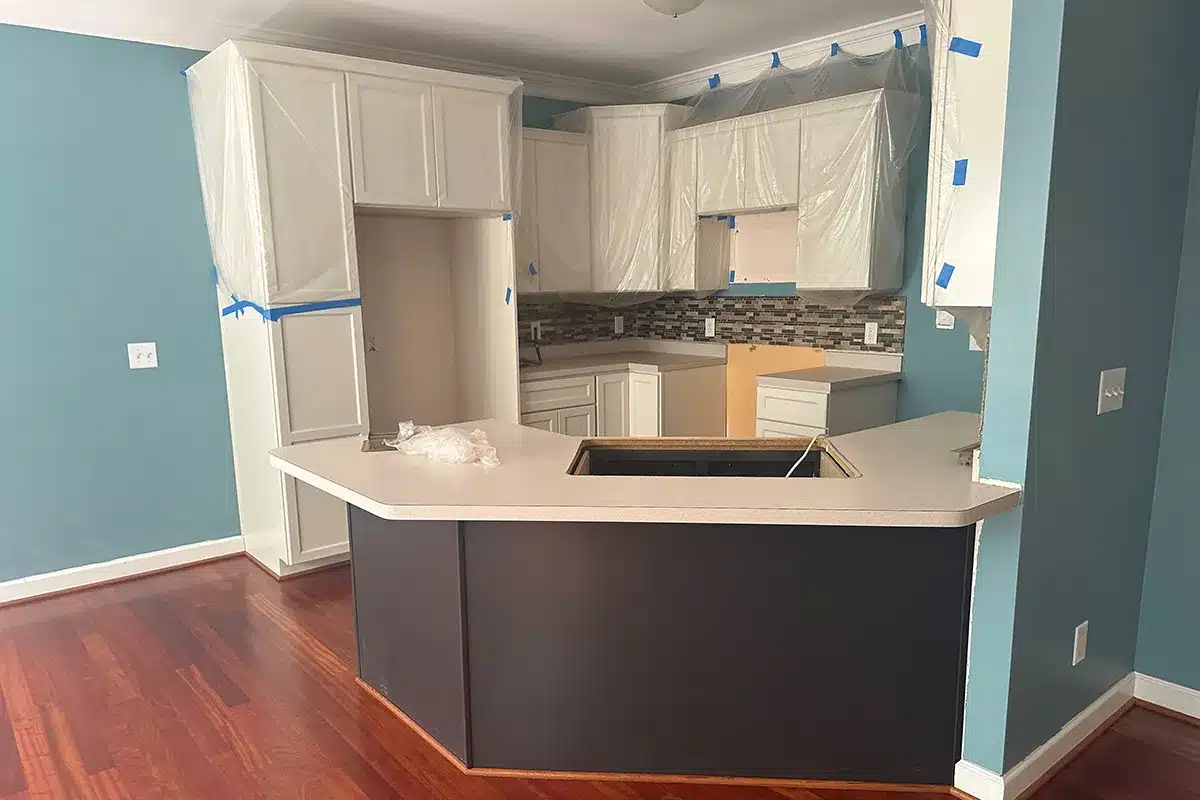Even if a house fire is put out and the building looks fine, the damage might not be fully over. A lot of damage from a fire isn’t from the flames. It’s from the leftover residue.
This residue can harm homes and things for a long time. It’s key to know how smoke damage compares to fire damage.
Key Takeaways
- Smoke residue can cause significant damage to homes and belongings.
- The effects of smoke damage can be long-lasting if not properly addressed.
- Comparing smoke damage and fire damage is critical for understanding the total impact of a fire.
- Proper cleaning and restoration are necessary to mitigate smoke damage.
- Homeowners should be aware of the possibility of smoke damage after a fire.
Understanding Fire and Smoke Damage
A fire’s impact goes beyond the flames. Smoke is a key player in the damage it causes. It carries high temperatures and acidic content, making it corrosive.
Smoke can harm many things in a home, like fabrics, metals, and electronics. Soot particles can deeply damage surfaces, causing color changes and wear. The acid in smoke can also ruin metal, leading to permanent damage.
Smoke inhalation is a big health risk from fires. The heat and corrosive nature of smoke make it very dangerous. In fact, smoke inhalation is the main reason people die in indoor fires. This shows how important it is to act fast and effectively to mitigate smoke damage.
Effects of Smoke Damage
Smoke damage affects a home’s structure and the health of its people. Some major effects include:
- Discoloration and staining of surfaces
- Corrosion of metal components
- Damage to electrical and electronic systems
- Respiratory issues due to smoke inhalation
Knowing these effects is key for homeowners and restoration experts. By tackling the acidic and corrosive aspects of smoke, we can lessen the fire’s impact.
Is Smoke Damage Worse Than Fire Damage?
When a fire happens, the damage from smoke is often worse than the fire itself. This is true whether the fire is small or spreads throughout a house. Soot, fire, and smoke can damage more than the fire does.
Smoke can get into many parts of a house, leaving behind hard-to-clean residue. This residue can be corrosive and damage walls, ceilings, and even personal items.
Comparing the Extent of Damage
Fire damage is usually easy to see, but smoke damage is more hidden. Smoke can get into ducts and spread through a building. It can also corrode metal and damage electrical parts.
- Smoke can seep into ductwork, spreading contamination throughout a building.
- The acidic nature of smoke residue can corrode metal surfaces and damage electrical components.
- Smoke odor can linger, requiring specialized treatment to eliminate.
Challenges of Restoration
Fixing a house after a fire is tough. It’s not just about fixing what’s broken. It also means dealing with smoke damage.
- First, they check the damage to see what needs to be done.
- Then, they use special cleaners and tools to get rid of soot and smoke.
- They also use special methods to get rid of smoke smells.
Getting help from experts for smoke damage is very important. They can help fix the damage and make sure the house is like new again. Experts know how to handle the restoration process.
Conclusion
Knowing how much damage smoke and fire can cause is key for homeowners after a fire.
The question of whether smoke damage is worse than fire damage shows how complex fire restoration can be.
Smoke damage and fire damage are both severe and can harm a property deeply.
When deciding which is worse, it’s important to think about the lasting effects on the building and health risks from smoke.
Understanding the differences between smoke and fire damage helps homeowners make better choices for fixing their homes.
Revive Your Space with Big Blue Restoration in Raleigh, NC
When water, fire, mold, or storm damage strikes, Big Blue Restoration is ready with rapid-response, expert cleanup and repairs. We deliver quality you can trust—24/7 availability. Contact us or book now here!






